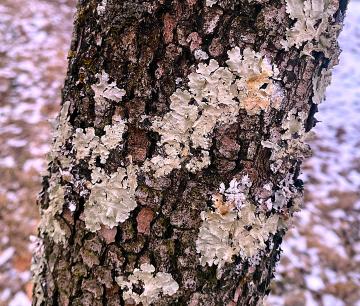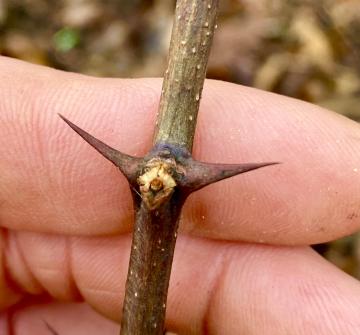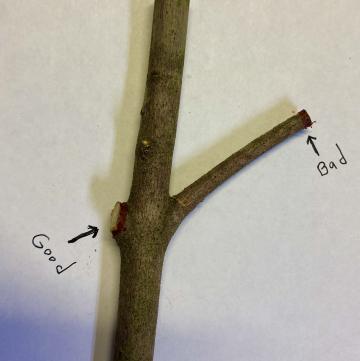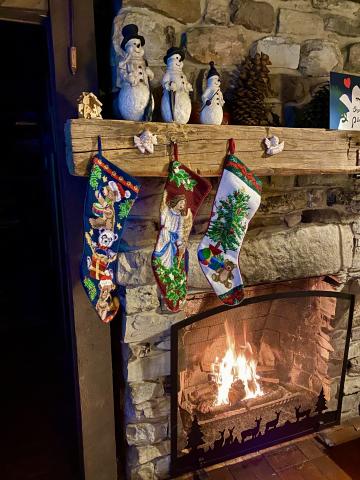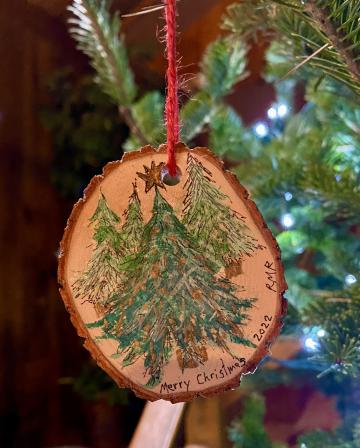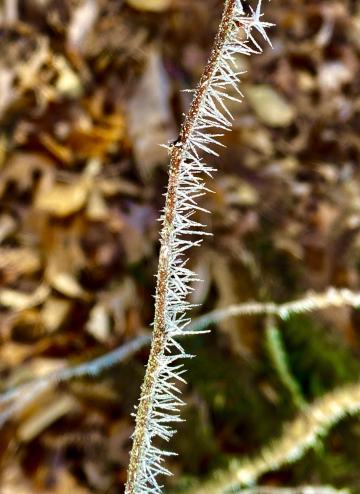Lichen: That Stuff Growing on Your Tree
By Steve Roark
As a forester, I often get asked tree health questions, and one involves flat blotches stuff growing on well-established yard trees. It’s often blue-green but can come in other colors. These are Lichens, of which there are many species, have found a niche where they can grow off the ground and away from competing plants. They are perfectly happy living in the high-rise apartment provided by tree trunks, especially in deep shade areas. Most older trees in our area have at least one small colony of lichen growing somewhere.
- Read more about Lichen: That Stuff Growing on Your Tree
- Log in to post comments
